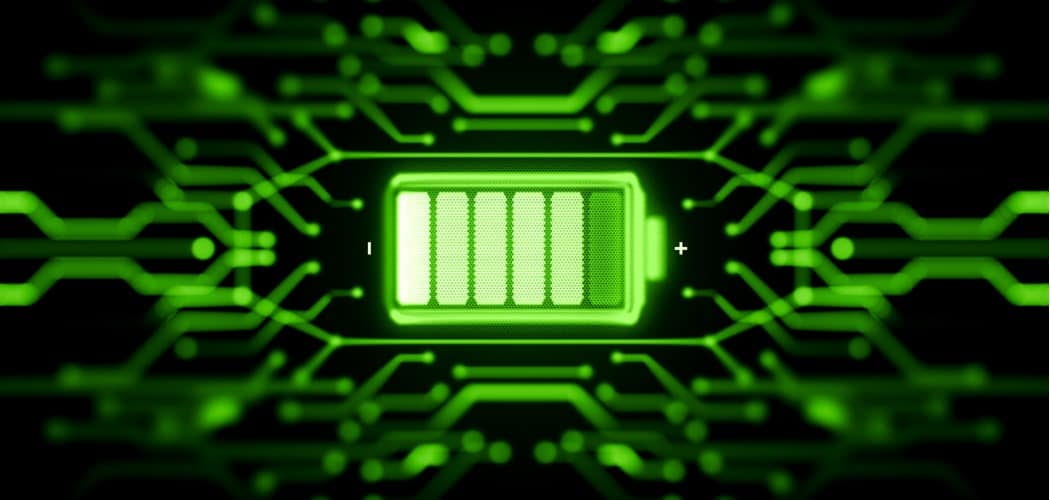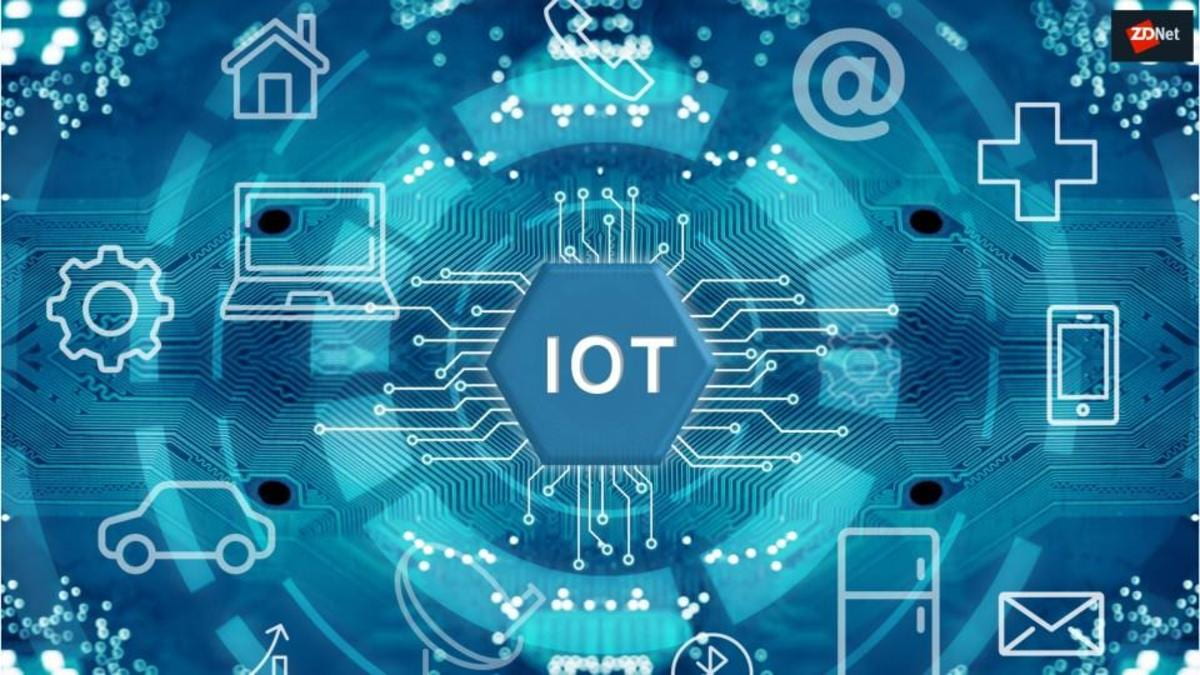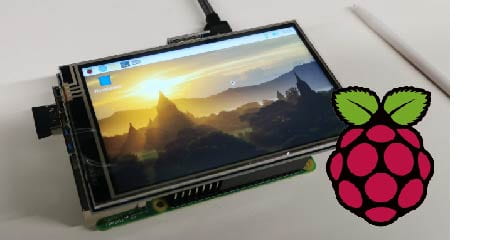Here are the categories for our electronics stock or browse the entire list below:
- Micro Processors
Small computers that run and control your devices. The ‘brains’ of your project. - User Inputs
Switches, dials, etc. Ways for people to interact physically with your project. - Connectors
Wires and plugs. - Sensors
Components that sense and detect specialised variables. These can range from light intensity, to moisture, heat, pressure, and sounds levels. - Switching Power
Relays and amps. - Motors
Motors, drivers, and driver boards. - Lights
LEDs, etc.
- Power
Batteries, voltage adjusters and supply. - Displays
Visual displays, monitors. - Communication
components that enable Bluetooth, Wi Fi communication. - Sound
Speakers, amps, samplers. - Cameras
Cameras. - Enclosure
Physical housing/protection for the electronics. - Passive Components
Resistors, capacitors, other little bits.
link to circuit.io app here video hereGoogle sheets list link
Related Projects
Estimating battery life of electronic designs
How to estimate the life of a battery-powered circuit design. The main factor to consider with batteries is the size/capacity of the battery. Simply, the bigger the capacity and generally the size, the longer it will last. This is the mAh rating (milliamp hours or how...
IoT in the Design Space
The Design spaces have a special WiFi network set up just for IoT (Internet of things) devices. This network is basically an isolated "sandbox" type setup where devices can connect to the internet or other devices on this network only. It only requires a single PSK...
Raspberry Pi & Touchscreens
Testing Raspberry Pi with touchscreens. This will focus on Rasian, a cut-down Linux based operating system for Raspberry Pi's. www.raspberrypi.org is a good starting point for Raspberry Pi Development with a range of images (pre-compiled operating systems) and easy to...


